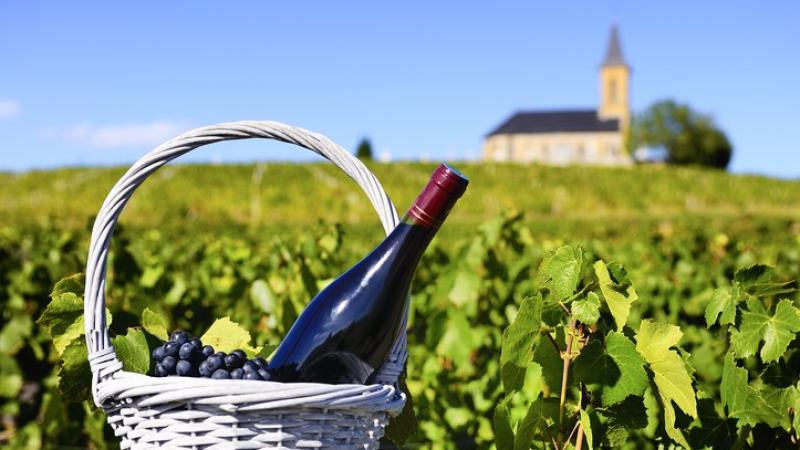Financial exchange for trading fine wine futures adopts estimates
June 23, 2020

What is the value of a really good bottle of Bordeaux? Not one that can be bought at the neighborhood wine store for $20, nor even a $100 bottle that might be purchased at a fancy restaurant. How much should collectors and wine distributors pay for those rarified fine wines that, when mature, might sell for thousands of dollars?
These are the questions that M. Hakan Hekimoğlu answers in research published today in Production and Operations Management. Hekimoğlu, an assistant professor in the Lally School of Management at Rensselaer Polytechnic Institute, and his co-author, Burak Kazaz of Syracuse University, have developed a robust and highly accurate pricing model for Bordeaux wine futures using four factors: temperature, precipitation, market index, and expert reviews.
“Considering that a majority of fine wine is sold in the form of wine futures, even before the wine is bottled, determining realistic prices for these wine futures accurately is one of the most critical decisions in a multimillion-dollar market segment,” Hekimoğlu said.
The research is so important that is it has been featured by Liv-ex 100, the global marketplace for fine wine trade similar to the New York Stock Exchange for American stocks. While Hekimoğlu’s model was first made public in 2018, the latest publication reveals for the first time Hekimoğlu’s methodology in achieving his results.
“Liv-ex has recently decided to publish our price estimations as ‘realistic prices’ prior to each year’s release of new Bordeaux,” Hekimoğlu said. “The exchange finds our estimated prices highly accurate and features them as a guidance for buyers. Thus, our realistic prices are expected to be used as the new benchmark prices in the upcoming years.”
Hekimoğlu’s pricing method looks to standardize how the price of fine Bordeaux wines futures are determined. These are the prices that are set by “negociants,” the middlemen who buy the wines from the winemakers and sell to collectors and distributors of high-end wines. According to Hekimoglu, the wine industry is incredibly opaque. While weather has always been a factor in determining the value of a bottle of fine wine, the middlemen would previously set prices based on feelings and reputation and a bit of allure, similar to what one expects in the art world. What Hekimoğlu has done is to evaluate publicly available, quantifiable data points and gather them in an accessible manner to allow the buyers of fine wine futures to know if they are paying a fair price.
“We are trying to make the industry more efficient by adding transparency,” Hekimoğlu said. “Sometimes prices will increase by 400% over the previous year. Other times, they’ll decrease by 50%. You can often find opportunistic behavior. What we aim to do in this study is take those pricing decisions and come up with estimations. By using these accurate models, we add systemic structure to their decision process so the buyers can use our predictions as a price recommendation.”
Hekimoğlu’s methodology includes interpreting data that dates back to 2002 and robustness checks that include a Lasso analysis, a machine-learning tool that examines more than 8.5 billion unique model combinations.
The motivating factor for Hekimoğlu to focus on Bordeaux wines is the extreme year-to-year price point variations found in this niche market. According to Hekimoğlu, California fine wines, and even consumer-market Bordeaux, show far more stability in prices because of different market dynamics. However, Hekimoğlu believes his research could be used as a foundation for transparency in the wine industry as a whole or even other agricultural products, like olive oil, that rely heavily on temperature and precipitation to determine market prices.
“Though you can’t just take these four factors and apply them to a different market,” Hekimoğlu said, “we do look at some fundamental factors that could be used as a baseline. Our approach could be a foundation in developing studies in other regions and products.”